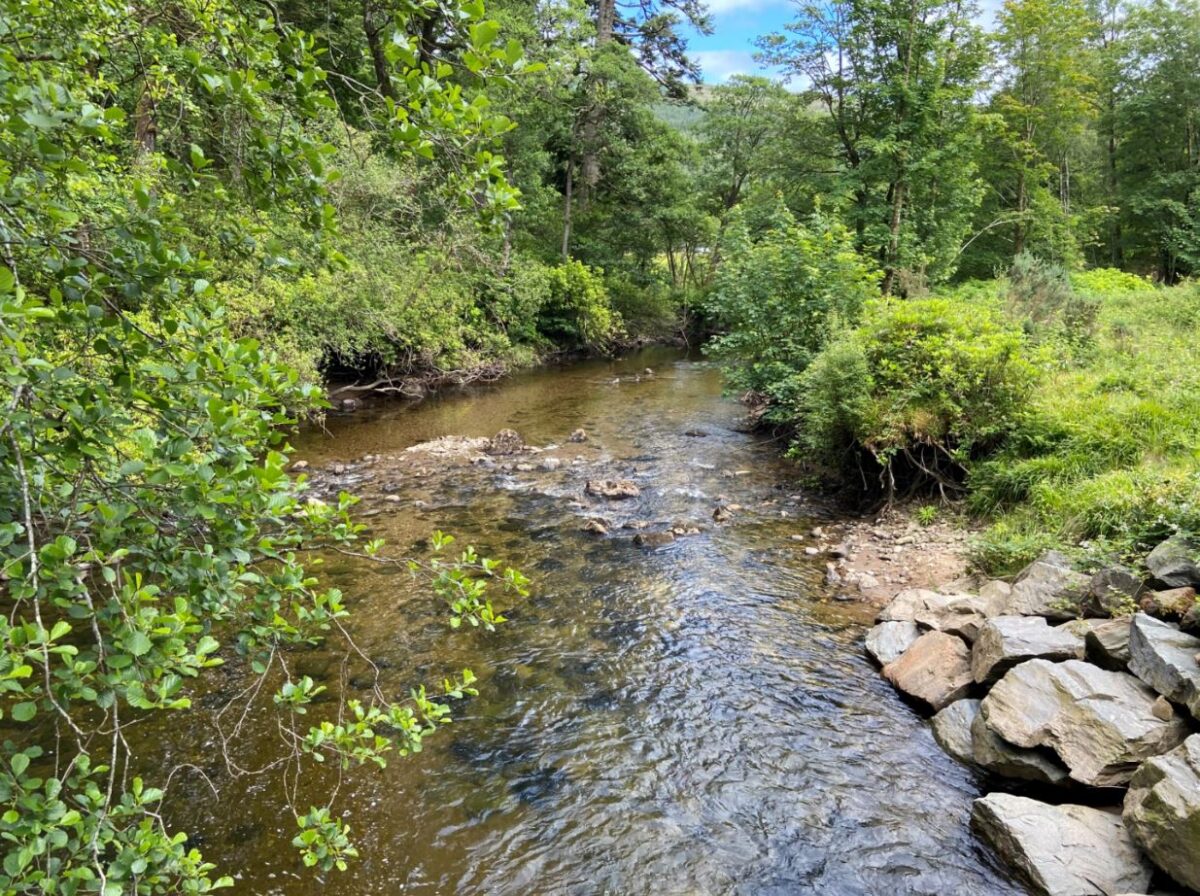Scottish Forestry is keen to see more riparian woodland, which is essentially planting trees along rivers and streams.
Riparian planting is a fantastic way to boost an area’s biodiversity and encourage nature to thrive, whilst also contributing to tackling climate change.
Across Scotland, Scottish Forestry has worked with a number of organisations to identify around 175,000 hectares of riparian land which has potential for this kind of planting.
To give some more impetus, there has also been an increase in the grant rate for riparian planting. Hopefully this will spark more landowners to get involved in planting trees along rivers.
It’s #WorldRiversDay today and #ScotClimateWeek is about to kick off, so we thought it was an opportune time to ask Scottish Forestry’s Land Use and Environment Policy Advisor, Dr. Linsey Mason-McLean, about the importance of riparian planting and new measures to increase it.
We know that planting trees along rivers helps the environment – can you explain how?
Yes, well designed and managed riparian woodlands can help deliver a multitude of benefits for the environment.
These include shading to keep rivers cool and safeguard our wild salmon, trapping sediments and filtering out pollutants. Riparian woodlands also slow the flow of runoff and rivers to mitigate flood risk and of course they improve biodiversity, habitats and create nature networks.
I would say broadleaves are the most appropriate type of trees for riparian planting and in particular, the riparian grant option is available to native broadleaves. In terms of which species are best, well that really depends on the site objectives and characteristics.
What sort of landowner do you envisage will be most interested in riparian planting?
Ideally all riparian landowners would view incorporating more woodland next to their rivers or streams as beneficial as this will really benefit the landscape and environment. I would expect fisheries trusts, river trusts, estates, farmers and NGOs to be most interested.
Have you had a lot of interest in the new maps and how did you produce them?
Yes, we have had a lot of interest in the maps, especially from NGOs and fisheries. The target maps can be downloaded as a spatial dataset from Scottish Forestry Open Data.
-
That’s a remarkable amount of work hours for a single machine, the Norcar 600 owned by Erkki Rinne is taken well care of, it even has the original Diesel engine.
-
Kieran Anders is a forestry contractor working in the lake district. His work involves hand cutting and extracting timber using a skidder and tractor-trailer forwarder.
-
It is not possible to eliminate chain shot, but there are simple steps that can be taken to reduce the risk.
-
Arwel takes great pride in the fact that the mill has no waste whatsoever, “the peelings are used for children’s playgrounds, gardens and for farm animals in barns in the winter and the sawdust has multiple uses in gardens and farms as well.
-
Timber hauliers need to encourage young blood in, and also look after the hauliers we have, we need make the sector a safe and positive place to work.
FIND US ON
Related Posts
The maps were produced using a tool developed by James Hutton Institute, which identifies opportunities for woodland creation within riparian corridors. As a baseline, the tool assesses the suitability of a site for riparian trees based on the site characteristics. This includes (but is not limited to) soil types, topography, hydrology and land classification.
It then assigns scoring to lots of datasets representing different multiple benefits and once overlaid, identifies the highest scoring areas. These high score areas are now the target areas and allow forestry grants to be prioritised in locations where it can be most impactful for multiple benefits.
If someone was interested in boosting their riparian planting – what are the first steps you would advise?
Have a look to see if the riparian land you would plant falls within a Woodlands for Riparian Benefits target area under the Forestry Grant Scheme (FGS) Target and Eligibility Areas folder on the Scottish Forestry Map Viewer. If it does, you can find more information on eligibility for the grant and associated guidance on the Rural Payments and Services woodland creation web page.
The new target maps and increased forestry grant rates were only announced recently – when will we know if it has been successful?
We will review the number of grant applications and spatial area covered by grants awarded after approximately a year of it being open to applications and will continue to monitor its uptake.
Are there any riparian planting projects that have caught your eye and would be good for others to see?
I recently visited Knockbain Farm near Dingwall as part of an Integrating Trees Network event, which showcased an example of incorporating riparian woodlands into a farming landscape.
Other sites which are good examples of riparian woodland creation include: Upper Dee riparian woodland project, the Eddleston Water Project and the River Larig project.
Forest Machine Magazine is written and edited by a forest professional with over 40 years hands on experience. We are dedicated to keeping you informed with all the latest news, views and reviews from our industry.
To support us you can subscribe to our bi-monthly magazine which is delivered to your door from only £15 per year.
Subscribe here
#homeoflogging #writtenbyloggersforloggers #loggingallovertheworld
-

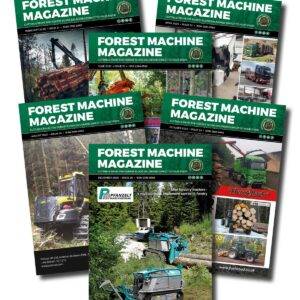 1 Year Subscription£0.00
1 Year Subscription£0.00 -

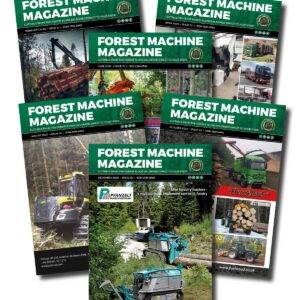 2 Year Subscription£0.00
2 Year Subscription£0.00 -

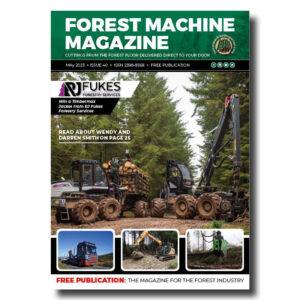 Issue 40£0.00
Issue 40£0.00 -

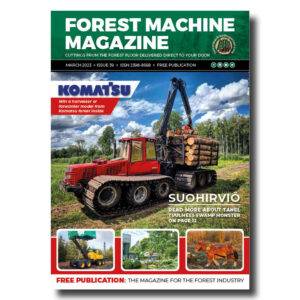 Issue 39£0.00
Issue 39£0.00 -

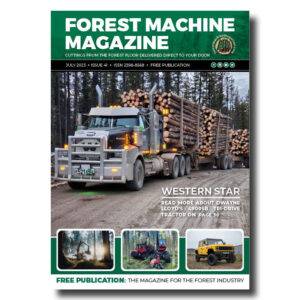 Issue 41£0.00
Issue 41£0.00 -

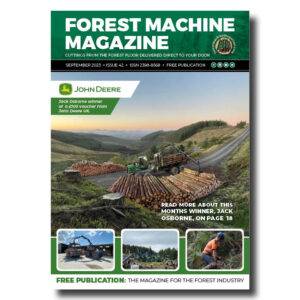 Issue 42£0.00
Issue 42£0.00

